10 Different Types of Lights on a Car (with Pictures)
-
Ed Malaker
- Last updated:
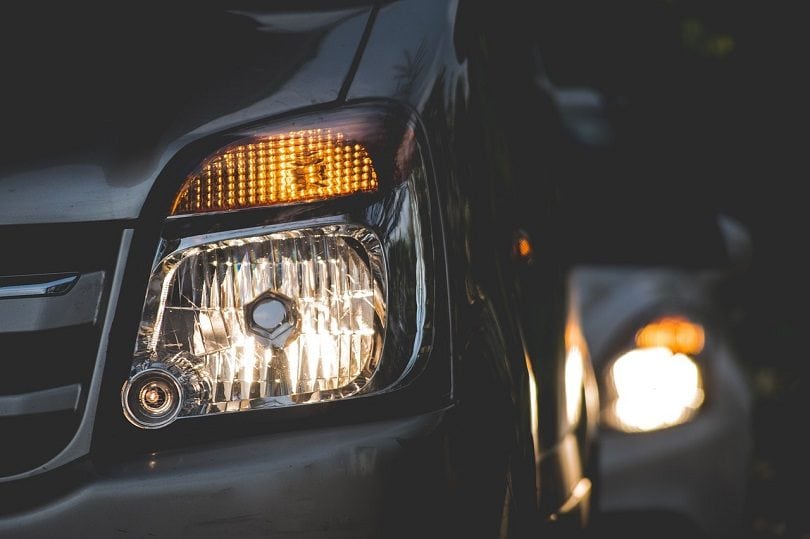
If you own a car, you know there are several types of lights you may need to change if they burn out. So, it can be helpful to learn about the types beforehand to be ready if you need one. Replacing the bulbs promptly is crucial since you can’t pass an inspection without working lights. If this sounds like your situation, keep reading as we look at the types of lights you have in your vehicle.

The 10 Types of Lights on a Car
1. Headlights
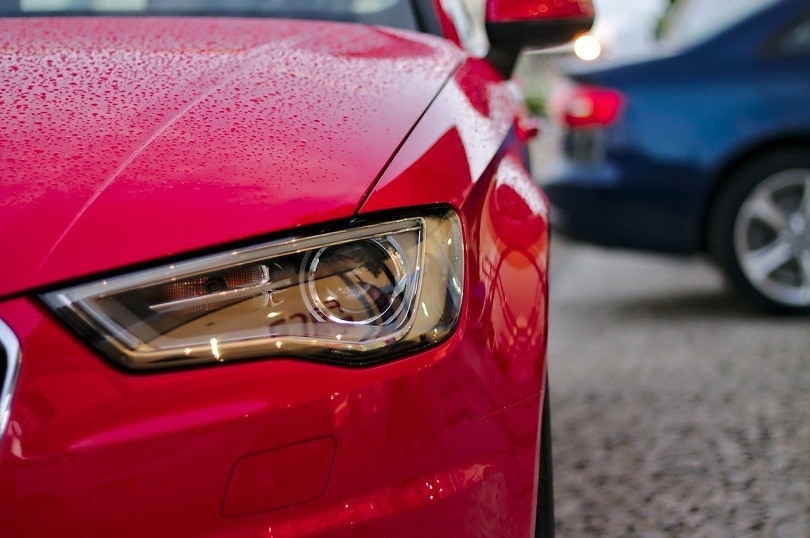
- Uses: Seeing oncoming traffic
Headlights enable the driver to see in front of the car at night with high and low beams. High beams are bright and positioned so you can see far into the distance. Low beams have a low position that enables you to see in front of you without blinding the oncoming traffic.
You typically use high beams in rural areas with no oncoming traffic to help spot deer and other dangers from farther away. Low beams are for city driving and oncoming traffic. Headlights must operate properly at all times, or the police can fine you.
2. Taillights
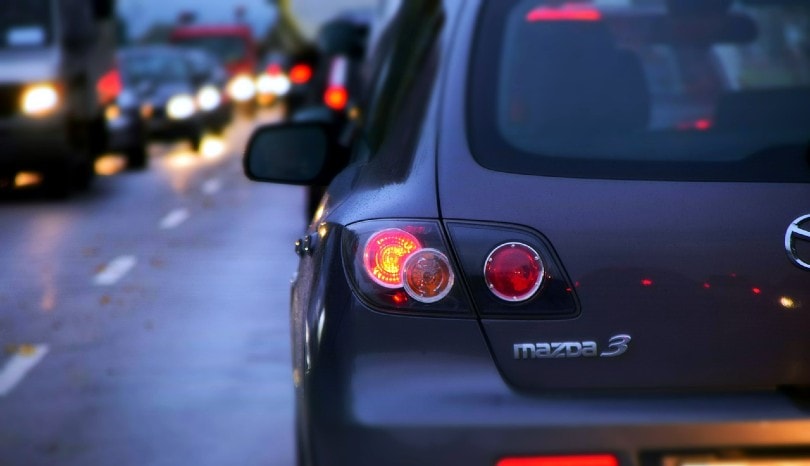
- Uses: Signaling traffic
Taillights are the red lights that turn on anytime you turn on the headlights. They do not help you see better but alert the traffic behind you, and drivers can gauge your speed and distance more accurately.
3. Daytime Running Lights

- Uses: Signaling traffic and pedestrians
Daytime running lights are lights on your car that do not help you see better but alert others to your presence. These lights turn on automatically in many cars, but others enable you to adjust them manually. They are controversial lights that some oncoming drivers find distracting.
However, law enforcement and other agencies recommend them so you can be more visible in construction sites and other dangerous areas. They can also help prevent you from getting surprised by sudden darkness, like entering a tunnel or a heavy rainstorm.
4. Fog Lights
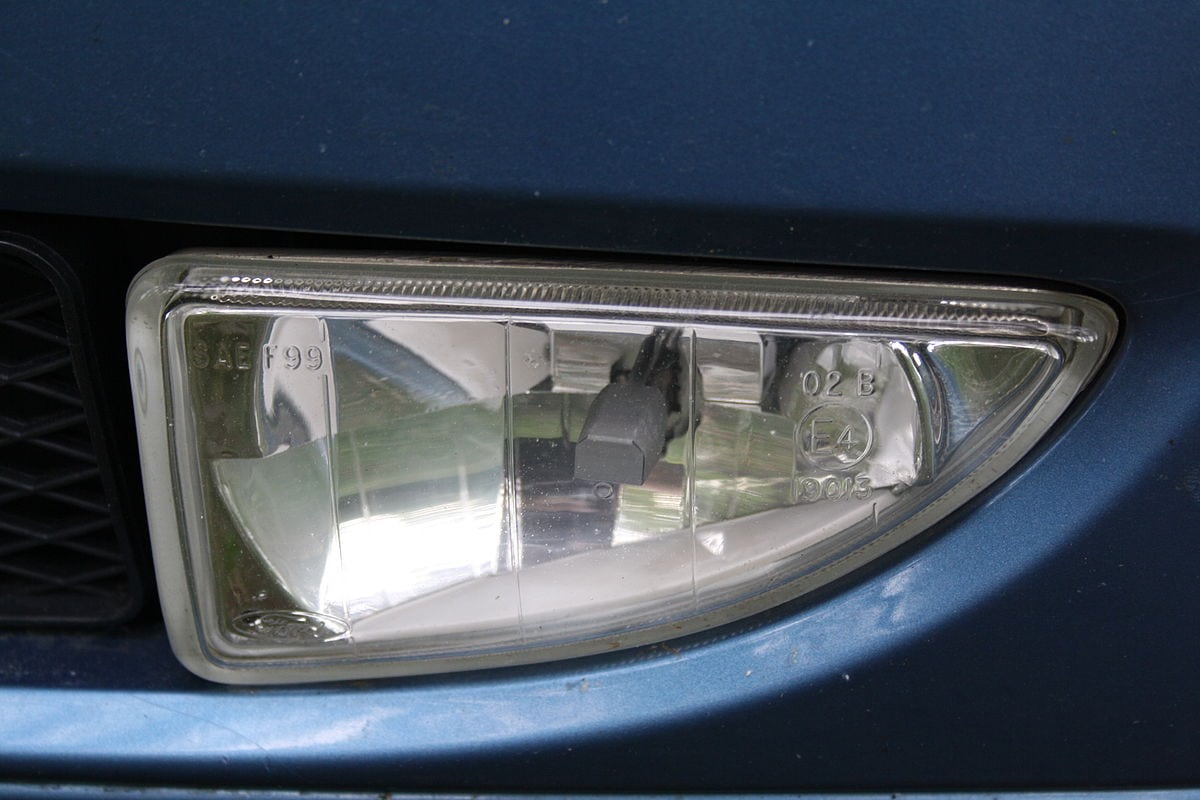
- Uses: Driving in fog
Fog lights are not standard, and not all cars have them. However, they are useful, especially if you live in an area that frequently experiences heavy fog. Fog lights have a special design and are mounted low, so the light doesn’t reflect off the fog into your eyes.
The lights can help you see better in heavy fog than standard lights, but they are not effective headlights in good weather, so drivers usually shut them off when they don’t need them.
5. Blinkers
- Uses: Signaling traffic
Blinkers are essential lights in the front and back of the car that alert traffic in all directions of your intentions to turn one way or another. It’s the law in most states to use these blinkers when making a turn, so they must always work properly. Luckily, these lights are usually inexpensive and easy to change.
6. Brake Lights
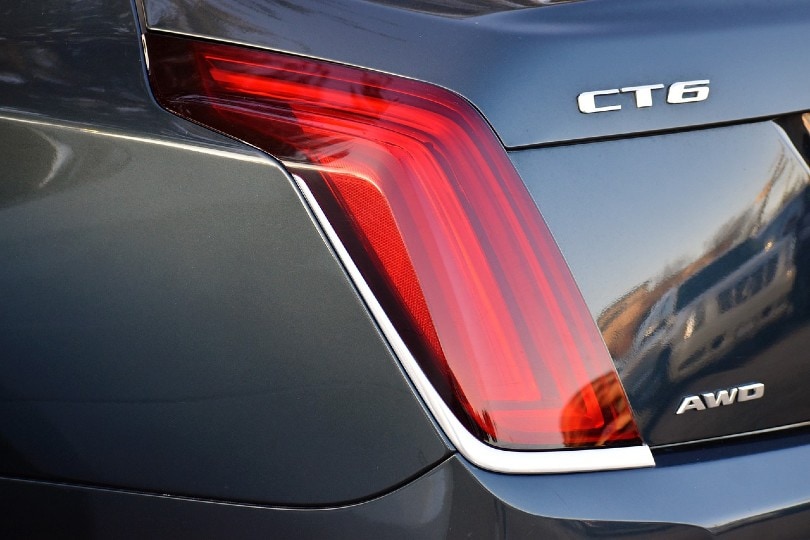
- Uses: Signaling traffic
Brake lights are an essential pair of lights in the same place as your taillights, though some cars have an additional brake light in the back window. They only illuminate when you press the brake pedal, which alerts drivers behind you that your car is slowing down. Brake lights must operate properly at all times to keep the car legal.
7. Hazard Lights
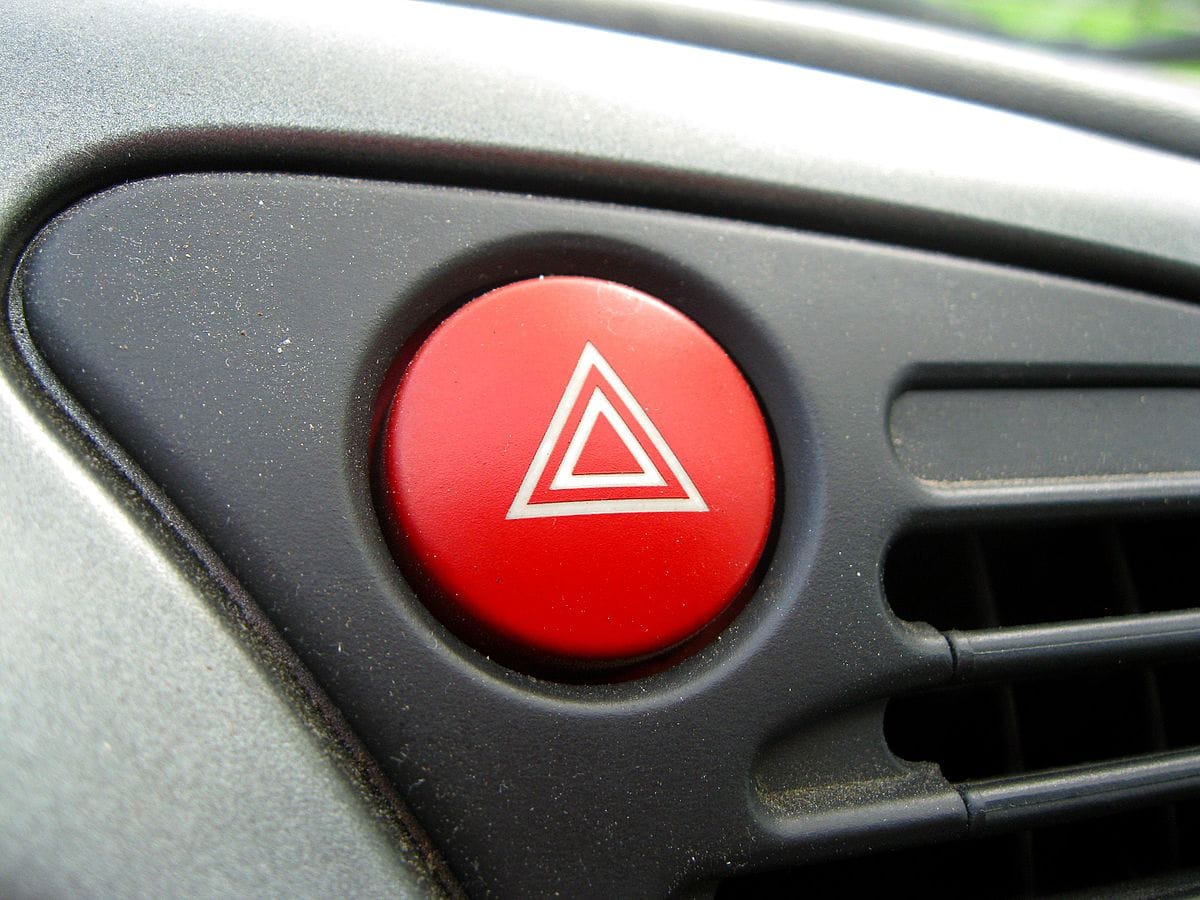
- Uses: Signaling traffic
Hazard lights aren’t a unique set of lights. Instead, they use the car’s blinkers. It flashes all four simultaneously to signal traffic in all directions that your car is not functioning correctly, and you might make sudden turns or stops.
Hazard lights can also indicate dangerous driving conditions or an accident ahead. You usually turn your hazard lights on with a separate control on the dashboard.
8. Driving Lamps
- Uses: Internal lighting
Driving lamps and lights are found inside the vehicle. Traditionally, the driving lamp was the dome light that turns on when you open the door or need to read a map. However, modern vehicles have driving lamps in the doors and other places that help make it easier to enter and exit.
9. Interior Utility
- Uses: trunk, glovebox, and console storage lighting
Interior utility lights are those in the glove box, which can help you find anything you store, such as your license and registration. They align with the lighting in your trunk and other compartmental lighting. They are similar to driving lamps and might be interchangeable in some car models.
10. Dash Lighting
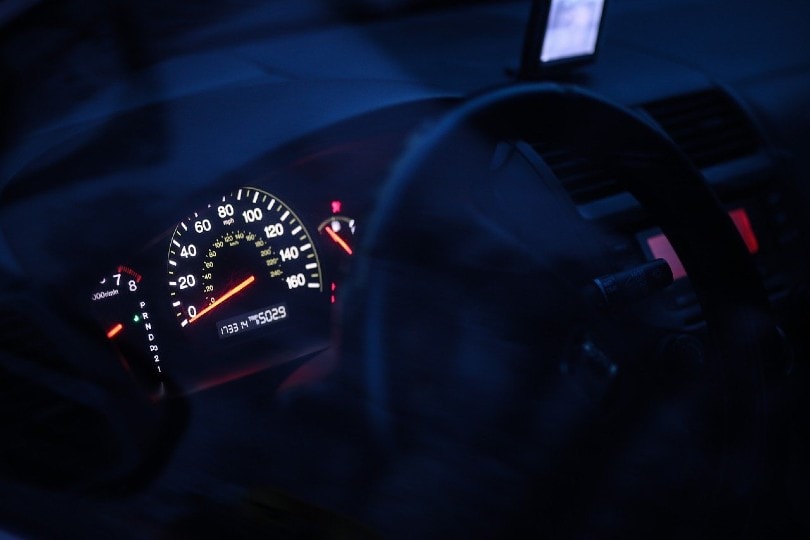
- Uses: Dash lighting and display
Dash lighting is in the dashboard, and you gain access to it through the engine or from below. We recommend hiring a qualified technician to fix it unless you have experience. Older cars use simple lights to illuminate a mechanical speedometer, but modern vehicles rely heavily on computer technology.

Which Vehicle Lights Are Mandatory?
The legally required lights are your headlights, brake lights, taillights, and blinkers. Many states also have laws governing the use of lights, requiring you to use headlights from sundown to sunrise, during rainstorms, etc.
What Lights Are Elective?
Fog lights are elective lights and are not standard on most vehicles. Daytime running lights are also elective, though many laws require you to use headlights during the day. Driving lights will keep you compliant and eliminate the guesswork. You are not required by law to keep your interior lights working, but they are helpful in many situations.

Summary
Your car uses several types of lights for various functions, and almost all of them are essential. For example, to keep the car on the road without getting pulled over, you must keep your headlights, taillights, blinkers, and brake lights operating correctly. The other lights may not be mandatory, but they will increase your safety and make traveling more comfortable.
Featured Image Credit: Pexels, Pixabay
Contents